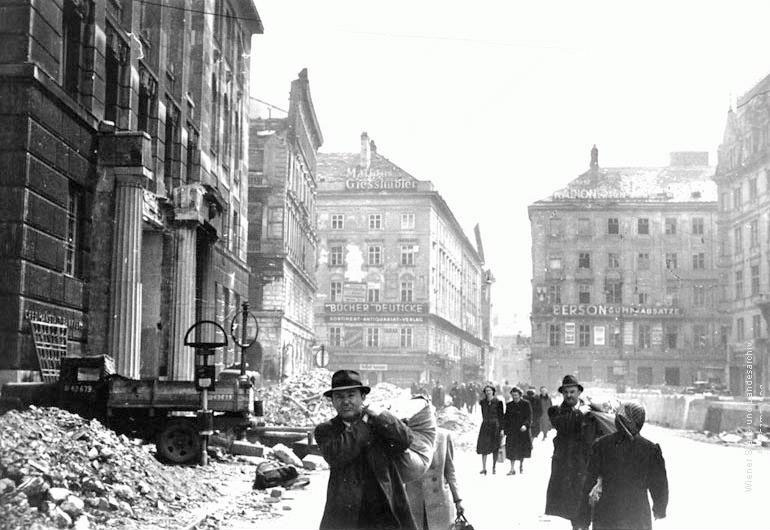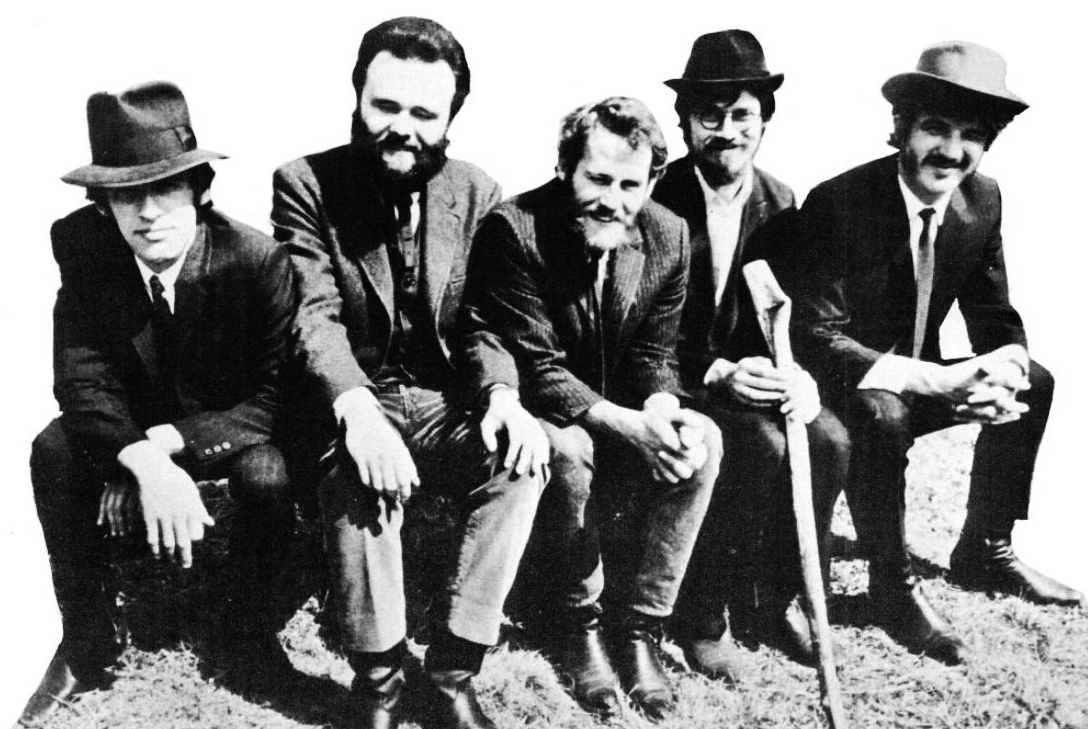Another post from the first year of The Jukebox.
Of all the hundreds of Posts I have written for The Jukebox this may be my own favourite.
Sometimes it might take just a single beat of your heart.
A lightning strike seared into your memory: something really crucial has happened and whatever happens from now on it will be in the shadow of this!
Maybe it’s the first time alone together when she called you by your name and it felt like a new christening.
Or the time your toddling son folded his hand into yours without thinking as he looked for stability and security on the road ahead.
Sometimes it might take years; the slowly dawning realisation, (like a photograph emerging from the darkroom) that it was that moment, that event, which seemed so trivial at the time, where a new course was set that’s led you to your current harbour.
Moments, Moments, Moments.
Immortal Moments.
Our lives in our imaginations and memories are never a complete coherent narrative but rather a silvery chain of moments: some cherished and celebrated some sharply etched with pain and sorrow.
Some in which we have the starring role and others where we are strictly extras in the shadows at the edge of the stage.
The older we get the more we learn that some of those moments have become our own immortal moments: the moments we will return to again and again, voluntarily or necessarily as we try to make some sense of our lives.
And, when we shuffle through these moments we will find many have been supplied by our encounters with the music, films and books that have become part of the imaginative and emotional furniture of our lives.
Snatches of lyrics and melodies from favourite songs that you find yourself unexpectedly singing; scenes from films that seem to be always spooling somewhere deep in the consciousness now spotlit in front the mind’s eye, lines of poetry read decades ago that suddenly swoosh to the surface, seemingly unbidden, in response to some secret trigger.
I remember the exact moment, as a teenager, when I idly picked up a dusty book in a rundown junk shop and read these lines:
‘ Thou mastering me God!
Giver of breath and bread;
World’s strand, sway of the sea
Lord of living and dead;
Thou hast bound bones and veins in me, fastened me flesh,
And after it unmade, what with dread,
Thy doing: and dost thou touch me afresh?
Over again I feel thy finger and find thee.’
The opening lines of Gerard Manley Hopkins’ poem, ‘The Wreck Of The Deutschland’.
Rooted to the spot I read the further twenty or so stanzas with my head and heart ablaze.
I was aware of taking in only a fraction of the meaning and technique of the poem but I was absolutely sure that this was poetry of the highest order and that sounding its depths would be the work of a lifetime.
I had made an emotional and spiritual connection that could never be undone and Poetry with that capital P was now a territory open for me, necessary for me, to explore.
Strangely enough this was also the moment when I also glimpsed a future in which I might write poetry myself.
Similar thrilling encounters with literature, music and film now form a personal rosary of treasure in my life.
I want to share just two more with you here.
Marlon Brando and Eva Marie Saint as Terry and Edie in a duet scene from, ‘On The Waterfront’ from 1954 in pristine monochrome with wonderful cinematography by Boris Kaufman.
This scene played with such truthfulness, tenderness and delicacy by both actors struck me very forcefully at the moment when first viewed and it has continued to bloom in my memory and imagination.
If asked to give testimony for Marlon Brando as the greatest film actor of his time I would, of course, cite his thrilling physical presence and ability to dominate and take possession of the screen with special reference to, ‘A Streetcar Named Desire’.
But, it is this scene that would win the argument for me.
Brando here hits a peak of American naturalistic acting using the method techniques he had learned but without being imprisoned by them.
In this scene with humour, pathos and dignity and without a shred of affectation or disrespect he incarnates Terry as a living, breathing man who wins our sympathy, as fellow human strugglers, trying stumblingly to articulate our feelings both to ourselves and to those we love and those we yearn to love us.
Watch the way his body language evolves through the scene as he realises Edie is intrigued by him and interested in him for himself.
The way he picks up, plays with and finally wears her dropped glove (seemingly improvised) should be required viewing in every drama school.
Astonishingly, this was Eva Marie Saint’s film debut.
The camera obviously loved her at first sight.
As Edie she is a luminous quiet presence whose watchful stillness, intelligence and sensitivity makes it inevitable that Terry will fall for her and fall hard.
She understatedly lets Edie’s dawning love for Terry emerge as something as natural as drawing breath.
She believably illuminates Edie as a young woman with steel in her character as well as beauty and charm.
Acting with Brando, even for someone with her accomplished background on stage, must have been an intimidating challenge but there can be no doubt that Eva Marie Saint matched and balanced him through every frame of celluloid on show here.
At some heartbreaking level we understand that these fleeting moments of intimacy shared in this scene by characters afflicted by doubt and bruised souls will be moments they will both need to recall in the painfully tempestuous times ahead.
Maybe it’s an eternal truth as Dylan wrote that, ‘Behind every beautiful thing there’s been some kind of pain’.
Few scenes in cinema history bring out the truth of this statement with more clarity.
Mink Deville were led by Willy Deville a pompadoured and preening singer (finger on the eyebrow and left hand on the hip!) who showed himself throughout a roller coaster personal and professional life to be a supreme rhythm and blues and soul song stylist.
He had rasp and romance, swagger and sensitivity as well as presence and power in his vocal arsenal.
I recall the moment of seeing him for the first time on the British flagship chart music programme, ‘Top Of The Pops’ in 1977 and jumping out of my chair to applaud this performance of the signature tune of his early career, ‘Spanish Stroll’.
Willy added sass, instrumental colour and wasted seventies urban elegance to the magic and mystery of doo-wop and Brill Building vocal group harmonies to create a wonderful record that creates its own bright shining world every time you hear it.
His wonderfully liquid self regarding, shooting cuffs vocal is all strutting Latin braggadocio anchored in his assured rhythmic poise.
Special praise is due to the mellifluous backing vocalists who wonderfully evoke the steam heat of a New York night on a tenement stoop as they support Willy’s imperious lead role.
I love the ringing tones of the guitars, the Spanish flourishes, the proto rap intervention by bassist Ruben Siguenza, the tempo changes and the dreamlike woozy character of the whole song. Most of all, most of all, I love and keep returning to the moment when Willy sings the line:
‘Make a paper boat, light it and send it, send it out now.’
Especially those last three words.
Anyone who can make the heart leap with three simple words is an artist to cherish and revere.
I’ll write a full tribute to this great late lamented talent in due course but in the meantime trawl Youtube for a series of magnificent vocal performances and load up your shopping cart with his albums. You won’t regret it.
Adios Amigo, adios.
Moments, moments, Immortal moments.





